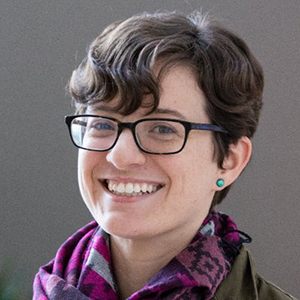Gamble–George, Garneau–Tsodikova represented in statuary form
People strolling through the garden of a luxury mall in Dallas between May and October this year may have been surprised to encounter a party of lifesize, bright orange statues of living women in science on its lawn.
The statues were 3D printed representations of the 125 ambassadors of the IF/THEN project, sponsored by Texas philanthropist and business owner Lyda Hill in partnership with the American Association for the Advancement of Science, 500 Women in STEM and other groups.
IF/THEN aims to increase representation of women in the sciences, technology, engineering and medicine. Two of the statues honor IF/THEN ambassadors who also are members of the American Society for Biochemistry and Molecular Biology: Joyonna Gamble–George and Sylvie Garneau–Tsodikova.


Gamble–George is a postdoctoral researcher at New York University's nursing college. She earned her Ph.D. in neuroscience at Vanderbilt University in 2016, studying stress signaling, and pursued postdoctoral research in neuroscience at the University of Florida before accepting a AAAS science and technology policy fellowship based at the National Institutes of Health.
She has been at NYU since 2020, studying behavioral health, and recently published on how the pandemic has affected drinking behavior among New Yorkers. Gamble–George also is the co-founder and chief scientific officer of a Florida-based biotechnology company developing wearable technologies that aim to use artificial intelligence to predict events such as heart attacks before they occur.
Garneau–Tsodikova is a professor of pharmaceutical sciences and assistant vice president for research at the University of Kentucky. Her lab studies the biosynthesis of polyketides and other nonribosomal peptides, which can be used as anticancer and antibacterial agents. She also is interested in developing new antimicrobial agents that can overcome resistance in bacteria and fungi.
Garneau–Tsodikova earned her Ph.D. at the University of Alberta and pursued postdoctoral research at Harvard Medical School. Before joining the faculty at the University of Kentucky, she was an assistant professor at the University of Michigan. Her work was recently featured on CBS Mission Unstoppable.
Enjoy reading ASBMB Today?
Become a member to receive the print edition four times a year and the digital edition monthly.
Learn moreGet the latest from ASBMB Today
Enter your email address, and we’ll send you a weekly email with recent articles, interviews and more.
Latest in People
People highlights or most popular articles

Finding a symphony among complex molecules
MOSAIC scholar Stanna Dorn uses total synthesis to recreate rare bacterial natural products with potential therapeutic applications.
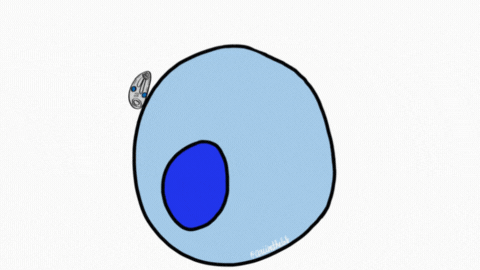
Sketching, scribbling and scicomm
Graduate student Ari Paiz describes how her love of science and art blend to make her an effective science communicator.
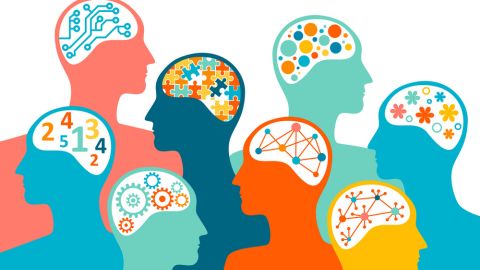
Embrace your neurodivergence and flourish in college
This guide offers practical advice on setting yourself up for success — learn how to leverage campus resources, work with professors and embrace your strengths.
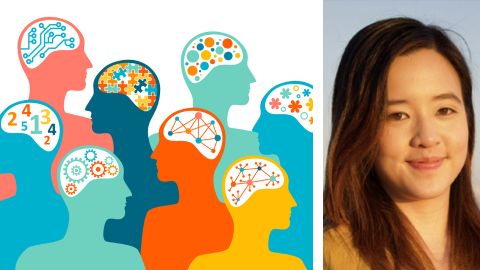
Survival tools for a neurodivergent brain in academia
Working in academia is hard, and being neurodivergent makes it harder. Here are a few tools that may help, from a Ph.D. student with ADHD.
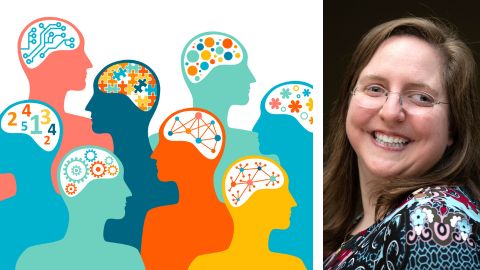
Quieting the static: Building inclusive STEM classrooms
Christin Monroe, an assistant professor of chemistry at Landmark College, offers practical tips to help educators make their classrooms more accessible to neurodivergent scientists.
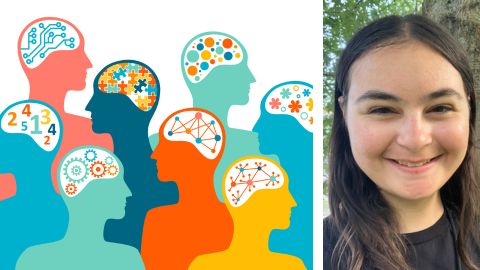
Hidden strengths of an autistic scientist
Navigating the world of scientific research as an autistic scientist comes with unique challenges —microaggressions, communication hurdles and the constant pressure to conform to social norms, postbaccalaureate student Taylor Stolberg writes.

